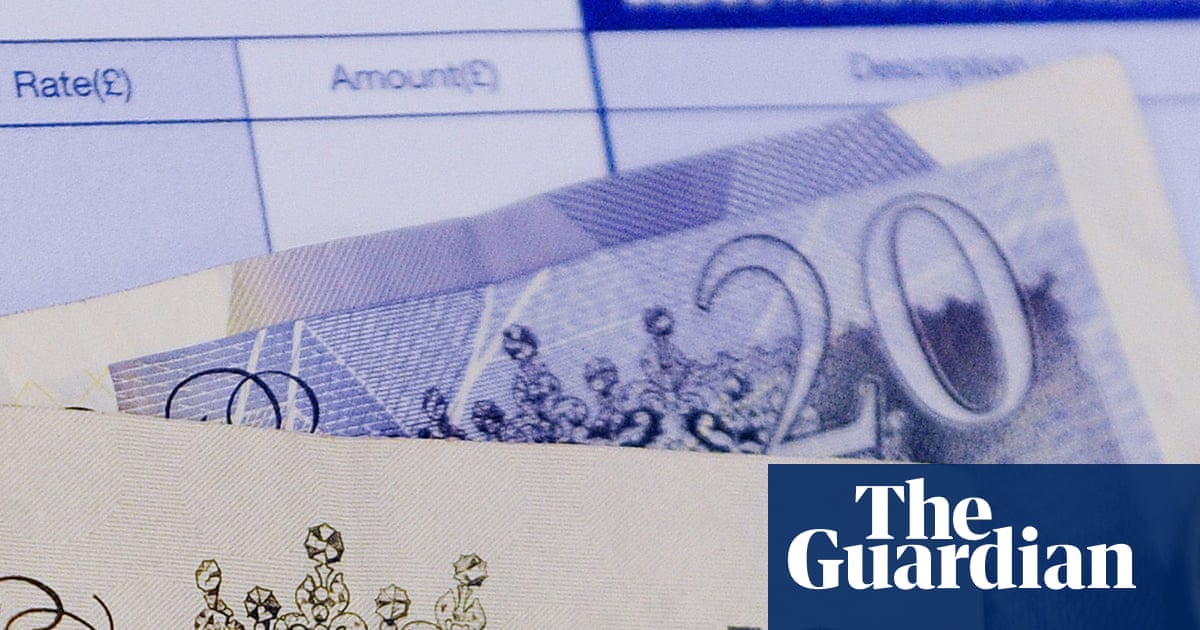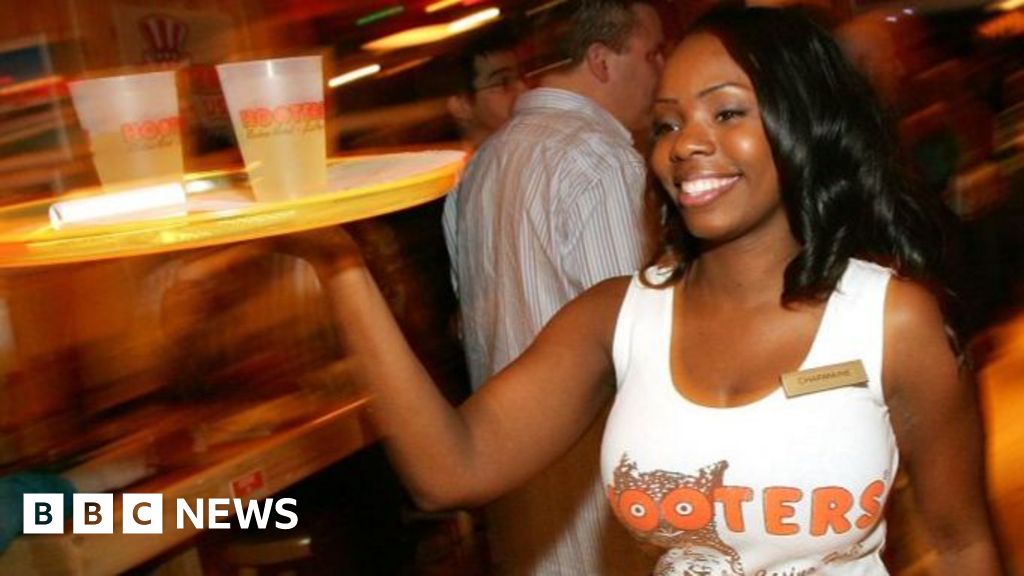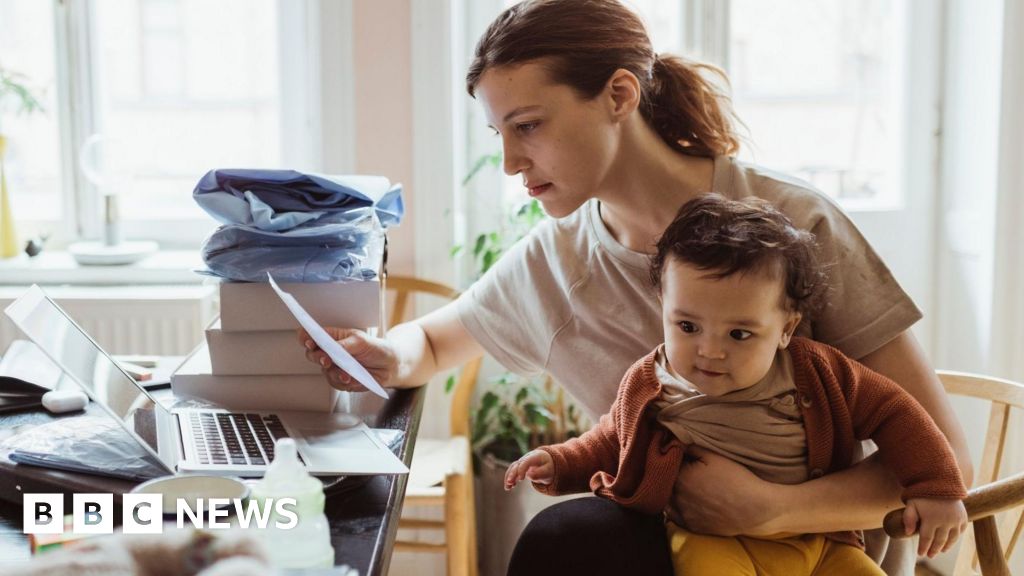
Spring statement 2025: what does it mean for your finances?
The chancellor, Rachel Reeves, has delivered her spring statement, and the Office for Budget Responsibility (OBR) has published its latest report on what the plans will mean for the wider economy and individuals. Here’s what it means for you.
Will you be better off?
In her speech, Reeves said people would be “on average over £500 a year better off” under the Labour government – a figure she said was confirmed by the OBR.
What the OBR says is that “real household disposable incomes” will go up in each of the next five years, by an average of 0.5%, but will “vary significantly around this average”. For the 2025-26 tax year, it predicts a 0.9% increase but for 2027-28 it forecasts “almost no growth”.
This slowdown over that period is a result of four things: lower wage growth; a slowdown in incomes not from work, such as from interest on savings; an increase in household taxes, and slower benefits growth.
Increases after that – a result of the end of the freeze in the personal tax thresholds – will take the average level of disposable income to £25,500 in 2029-30, according to the OBR. This is where the £500 quoted by the chancellor comes from, as it had previously predicted a figure of £25,000. For the current tax year, the OBR puts the average at £24,700, so the difference is actually £800.
Whether you see it, though, will to a large extent depend on whether you are affected by the planned changes to benefits.
And with a range of bills due to go up next week, whether you feel better or worse off in the short term will depend on whether your wages are also going up, not on anything in the spring statement.
What impact will the benefits cuts have?
The benefits cuts announced last week and in the spring statement will have a negative impact on the finances of 3.2 million families – some who claim the money, and some who would have been able to in future.
The official analysis, published on Wednesday, says those families would see their incomes drop by an average of £1,720 a year in real terms.
The changes to entitlements to the personal independence payment (Pip) will affect 370,000 current recipients and 430,000 people who would have been entitled to claim it in the next five years. They will lose an average of £4,500 a year.
As a result of the changes, an extra 250,000 people will fall into relative poverty by 2029-30.
The analysis shows that 3.8 million families – some current claimants and some future recipients – will gain from the changes, with their benefits lifted by an average of £420 in real terms.
The government said these estimates did not include the impact of the £1bn a year, by 2029-30, of funding for measures to help people back into work, which it expects to offset some of the poverty impact.
Which household taxes will go up?
At the moment the government is sticking to its pledge to keep income tax rates the same and to not increase national insurance paid by workers. But national insurance contributions for employers will go up next month, as announced in the October budget, and the OBR suggests this could filter through to lower wages for some.
The number of people paying income tax at the basic and higher levels will rise, as the thresholds at which these start have been frozen until April 2028.
The OBR figures show this will have a big impact on the sums raised by the government through income tax. For 2024-25, it says it expects the government to take £310bn in income tax, and that by 2027-28 this will have risen to £378.5bn. Even after the thresholds are due to be unfrozen, the OBR predicts an increase in the income-tax take.
Receipts from all other personal taxes, except duty on tobacco, are forecast to increase over the period.
What does it all mean for the property market?
The chancellor made several references to the government’s plans to build more homes. The OBR suggests that by 2029 this will have an impact on house prices, and bring the average down by 0.8%. Until then, it predicts price rises of 2.8% in 2025 and 2.5% a year in 2026-28.
The OBR says it expects the average rate paid by people with mortgages to peak in 2028, hitting 4.7% and then staying at about that level until 2030. This is up from an average of 3.7% in 2024 and reflects people continuing to arrive at the end of cheap fixed-rate deals and moving on to more expensive rates.
What does it mean for savers?
Slowing growth in household incomes is likely to lead to people putting less away into savings, the OBR says. Recently, the “household saving rate” – the percentage of disposable incomes being saved – rose to 6.25%. The OBR said it expected this to fall below 3.35% by the start of 2030.
Savings options might alter as the statement confirmed that the government was looking at changing Isas. The statement said it wanted to “get the balance right between cash and equities to earn better returns for savers, boost the culture of retail investment, and support the growth mission,” which suggests cash Isas could face cuts.










